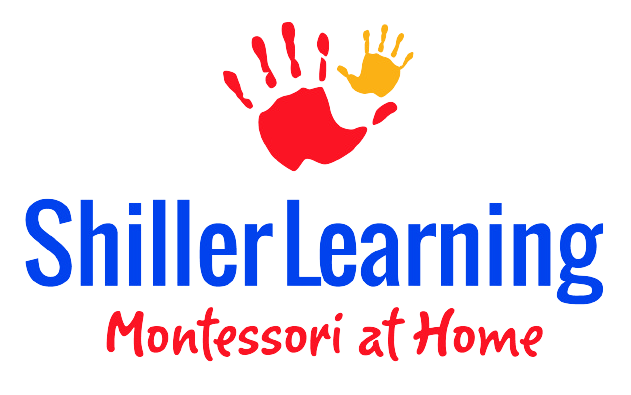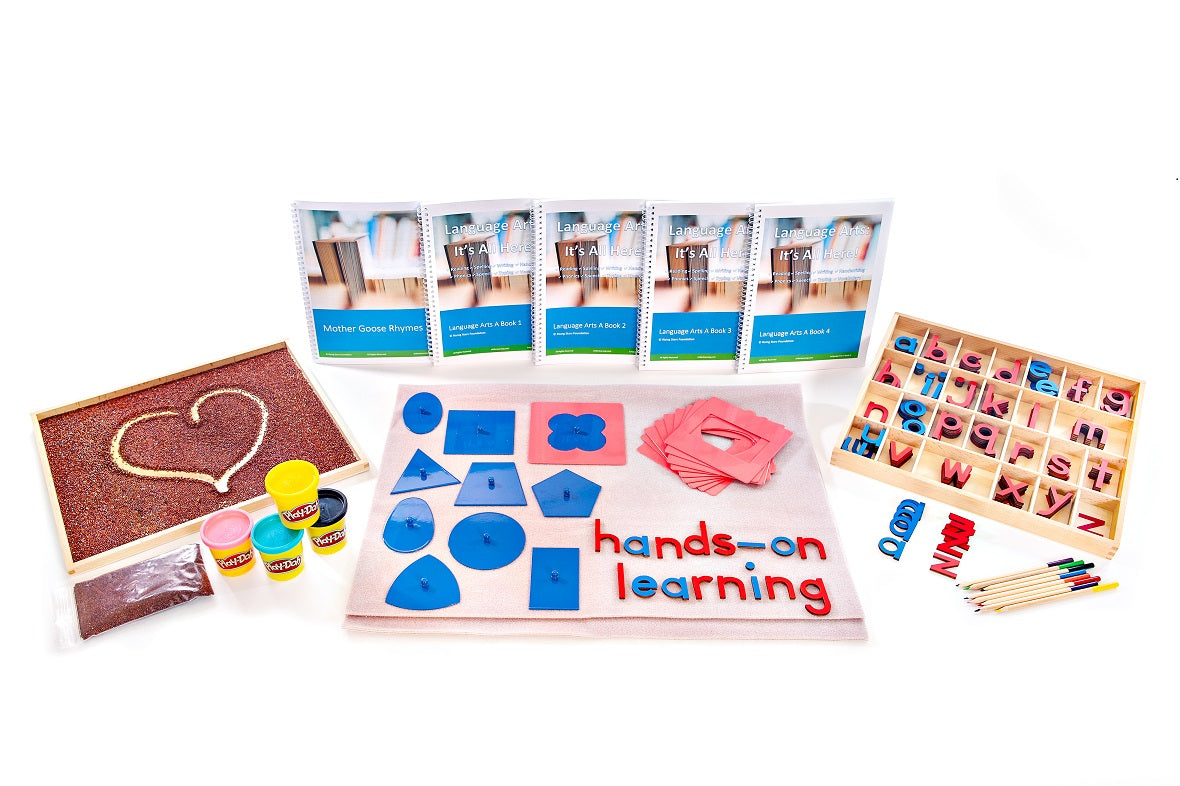How My Son Taught Himself to Learn Place Value
I'm no math teacher, we include mathmatetics as part of our everyday homeschool routine. Sometimes, even when we think we're prepared, our children throw us for a loop.
I had 218 written out on a piece of paper. “You may tell me this number.” I said to my seven-year-old.
- “Two thousand, one hundred and eighteen” he responded.
I was flabbergasted. We have spent SO much time working on place value. He knew it before our winter break and then- poof- it seemed to be gone.
It can be incredibly frustrating when we feel like our children have mastered something only to come back to it and find out they are in need of a refresher or they’ve forgotten it all together. It’s also totally normal. “Use it or lose it” exists for a while in these early years. They’ll get there. I took a calm breath, pulled out our number cards and built the number.
- “It’s not quite that number, let’s look at it together. How many units are there?”
- “Eight” he responded.
- “Yes, how many tens do you see?” - I asked
- “One.”
- “Yep, how many hundreds?”
- “Two,” he then got an incredibly confused look on his face. The ‘learning moment’ was happening and he was realizing that it was NOT 2,118.
- “Great, how many thousands do you see?”
- “None?” he responded slowly and cautiously.
- “I don’t see any either, what number do you see here?”
- “Two hundred eighteen!!!” He responded enthusiastically.
Yes!! Isn’t it a sweet moment when you’ve worked through it with your child and seen them generate their answer??
Place value will be something you’ll keep coming back to through the years. As you get into 3 & 4-digit numbers, decimals, and beyond; you’ll need to revisit this concept to make sure it’s cemented. It is a truly foundational math skill and something most children don’t pick up in one lesson.
What is place value?
Place value is how we determine the value of a number. Our number system is based on groups. A single number (0-9) is referred to as a “unit” in Montessori teaching. Tens come next as two-digit numbers, hundreds help us make three-digit numbers and so on.
Teaching Place Value
The best way for a child to learn place value is a lot of practice. In our curriculum, you’ll use place value materials throughout your student’s math education in numerous ways. Incorporating place value identification as part of your daily routine can also be helpful. Ask your student about place value for numbers you see on street signs, price tags, in books, etc. to help reinforce the concept.
Decimal Material
Montessori decimal material is a foundation for teaching place value.
Providing children with something tactile for a concept that can be quite abstract is essential. Children begin by “building” numbers with unit cubes, ten rods, hundred flats, and thousand cubes. They can use these materials to “trade up” to the proper materials. For example, provide your student with 12-unit cubes and encourage them to trade to a ten rod when they get to ten units.
This is an excellent way for them to start grasping the concept of place value. As your student progresses, they can “trade” in for hundreds and thousands as well. Many children enjoy playing this like a shopping game where they “buy” the next decimal material for the proper amount of trade.
Number Cards
Once a child is familiar with the unit cubes, they’ll begin using number cards. These helps provide a visual for creating numbers, the tactile experience of building numbers, and the auditory experience of hearing numbers. Children begin by matching the correct number card to the corresponding number of units. They then move into matching unit cubes to the proper number card. This helps create the foundation for place value by giving the child a visual and a number at the same time. The number cards will be incorporated with the decimal materials we discussed above as well. Eventually children will use number cards to build large numbers and will be able to tell the place value for each number, as well as build a number with verbal directions for which number card goes in each place value location.
Number Tiles
Not be confused with number cards, number tiles are introduced after the student has a firmer grasp on place value. In our curriculum, number tiles are not introduced until Book 3.
These materials are used similarly to the number cards with some differences. Number tiles are multiple tiles of 1, 10, 100, and 1000. As in the Montessori Stamp Game, they are used as an alternative way to help children build numbers, solve math problems and move their understanding of place value to the next level. For the number 218, in number cards the child would select 200, 10, and 8 cards. With our number tiles, the child would obtain 2 “100” cards, 1 “10” card and 8 “1” tiles. These are an excellent way to make the connection between decimal materials to building numbers, as well as to practice “exchanging” tiles from one place value for other place value tiles when completing math problems. Children take the solid foundation of number awareness they learned with the other two resources and use them throughout book 3.
Moving Beyond Book 3.
While these materials are not included in our ShillerLearning Math Kit II, children can certainly still benefit from using these materials into middle school. (Plus, the decimal material make great building blocks for free time!). If your older child has dyscalculia or struggles with number sense and understanding place value, incorporating these materials can be extremely beneficial.
Feel free to reach out if you need additional guidance for teaching regrouping, place value or anything else with your child. Make sure to check out our upcoming webinar on Teaching Place Value with Montessori Materials for more tips and tricks to help incorporate multisensory place value learning into your homeschool day.






